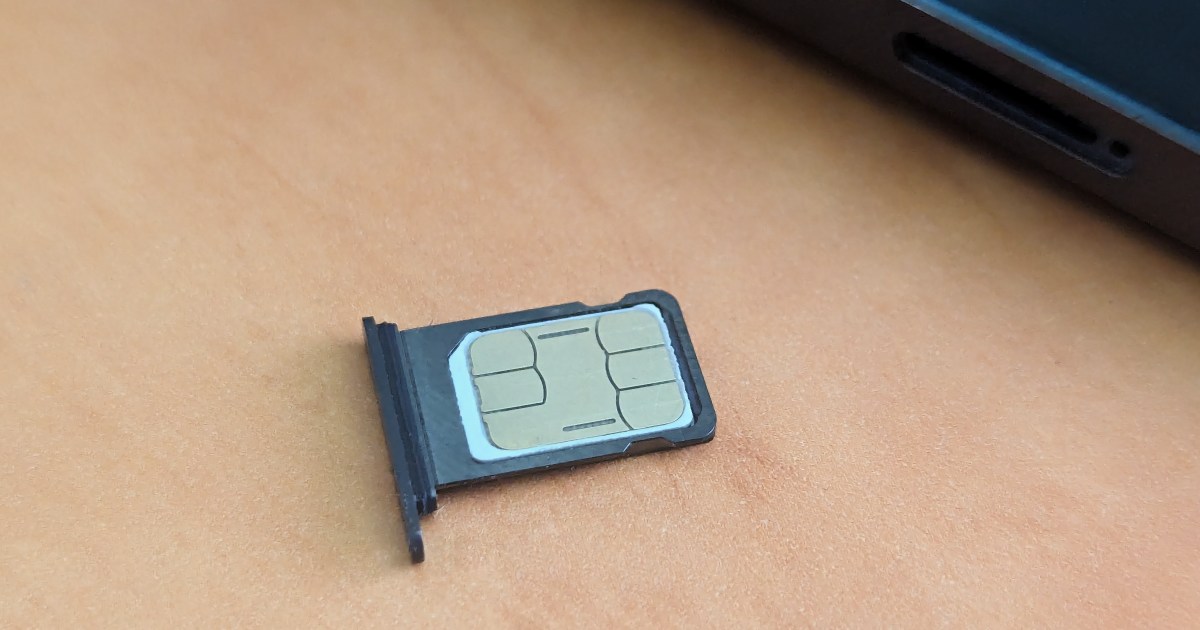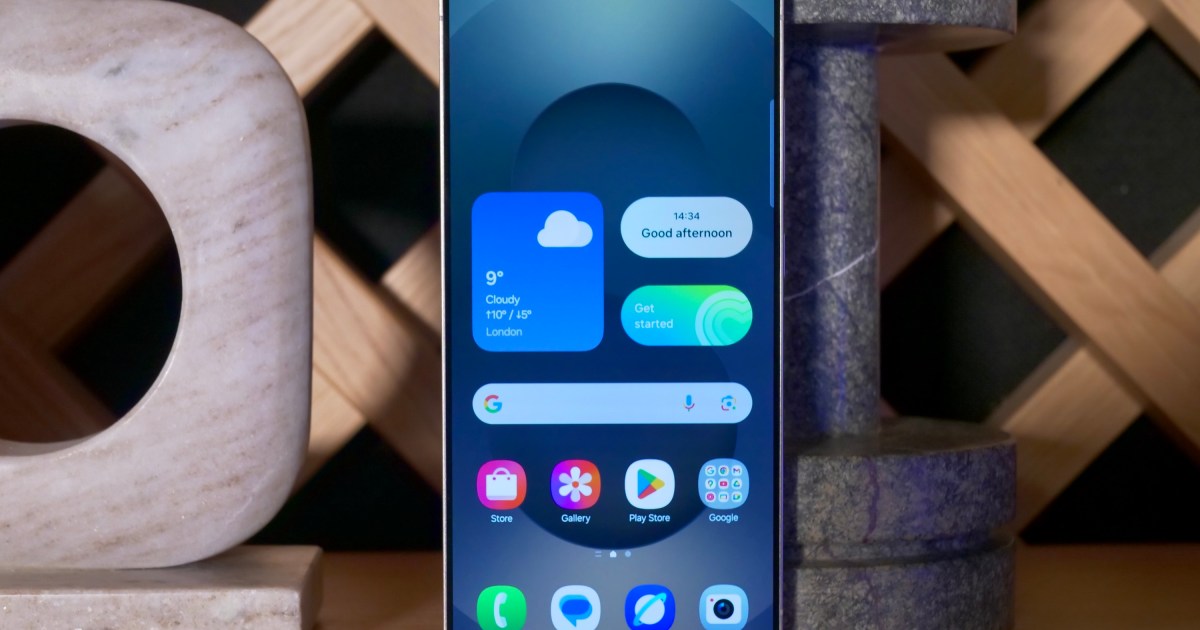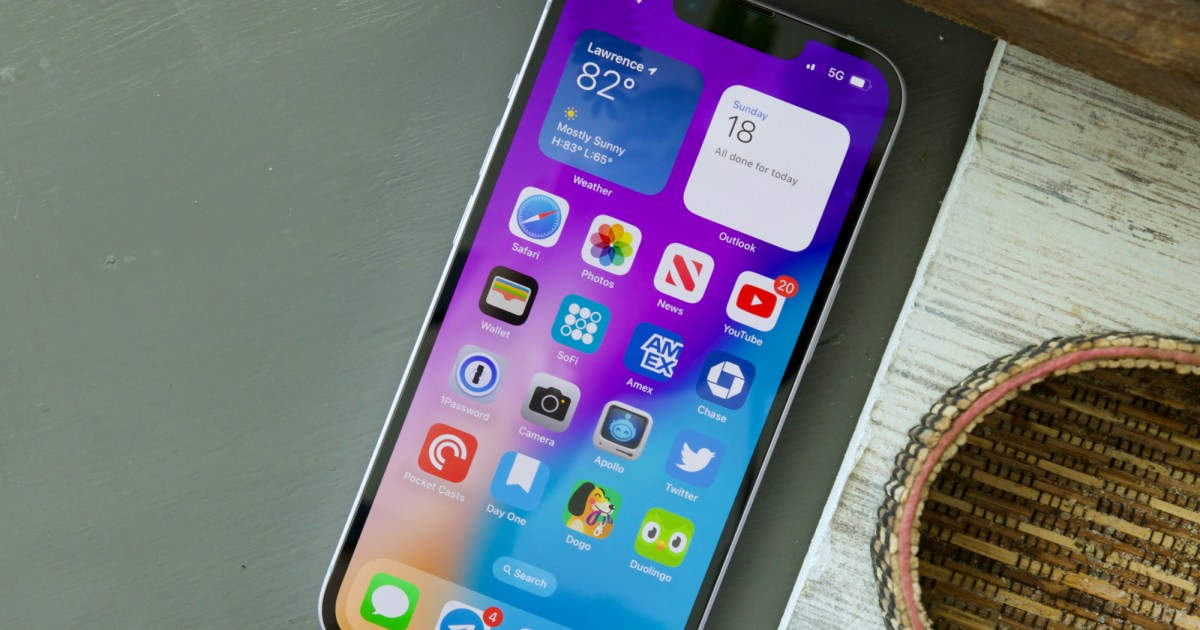The promise of eSIMs was a world of seamless connectivity, especially for travelers. Imagine landing in a new country and instantly activating a local data plan without fumbling with physical SIM cards. Unfortunately, the reality is far from this ideal. Instead, eSIMs have become a source of frustration, largely due to carriers prioritizing their own interests over customer convenience.
 SIM eject tool inserted into an iPhone 14 Pro Max.
SIM eject tool inserted into an iPhone 14 Pro Max.
The Broken Promise of eSIMs
eSIMs were supposed to solve multiple problems: reducing phone size, enhancing security against fraud, and simplifying SIM swapping. While the space-saving aspect is real, the security benefits are debatable, and the ease of use is practically nonexistent. Losing a phone with an eSIM doesn’t eliminate the hassle of regaining access to your number.
The dream of effortless international connectivity has been replaced by a nightmare of KYC requirements, limited eSIM availability, and carrier restrictions. Services like Airalo, Holafly, and Nomad offer temporary solutions, but they’re just band-aids on a larger wound. The core issue remains: carriers often don’t offer eSIMs to prepaid visitors, and some even require initial activation with a physical SIM, defeating the entire purpose.
 Rose Quartz Pixel 9 Pro on a peppermint background.
Rose Quartz Pixel 9 Pro on a peppermint background.
The US eSIM-Only Model: A Case Study in Frustration
Apple’s move to eSIM-only iPhones in the US was a bold step towards a digital future, but it has highlighted the flaws in the current eSIM ecosystem. While carrier roaming bundles offer some cost savings, they don’t address the fundamental issue of easily switching to local SIMs while traveling. Managing multiple international SIMs on an eSIM-only iPhone is often more trouble than it’s worth.
 An iPhone 15 Pro Max laying face-down outside, showing the Natural Titanium color.
An iPhone 15 Pro Max laying face-down outside, showing the Natural Titanium color.
A Cross-Platform Solution: The Only Way Forward
Surprisingly, a solution could lie in collaboration between Apple, Google, and Samsung. Their past collaboration on AirTag tracking demonstrates their ability to cooperate on critical issues. Samsung’s involvement is crucial, given its market share. If both Apple and Samsung adopted a global eSIM-only approach, carriers would be pressured to adapt. However, Google’s participation is essential for true cross-platform compatibility.
 OnePlus 11 titan black color with the SIM tray ejected and kept on a white and gray table top.
OnePlus 11 titan black color with the SIM tray ejected and kept on a white and gray table top.
Ideally, users should be able to seamlessly transfer eSIM profiles between iPhones and Android devices. Standardizing eSIM provisioning and customer identification would be a significant step forward. The ultimate goal is seamless international eSIM activation, even while roaming. Achieving this requires the combined influence of the three tech giants to push for widespread adoption.
 Back of the iPhone 16 Pro next to the Pixel 9 Pro
Back of the iPhone 16 Pro next to the Pixel 9 Pro
Choosing a Path: eSIM or Back to Basics?
The current eSIM experience is undeniably flawed. The GSM standard aimed to decouple device and service, but SIM card management remains a headache. While space-saving is a valid argument, the Oppo Find N5 demonstrates that thin phones can accommodate dual physical SIM slots. Carrier preferences, not technical limitations, are the real obstacle.
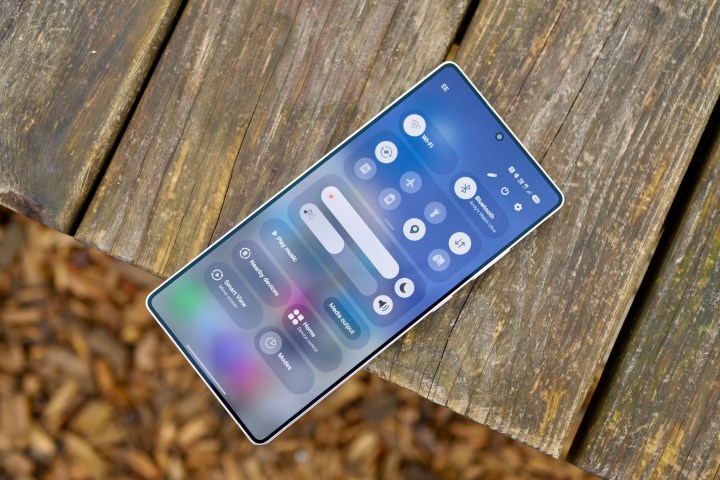 Notifications on the Samsung Galaxy S25 Ultra.
Notifications on the Samsung Galaxy S25 Ultra.
 Pink Pixel 9 Pro on top of a Natural Titanium iPhone 15 Pro.
Pink Pixel 9 Pro on top of a Natural Titanium iPhone 15 Pro.
The Time for Action is Now
The experience of activating a new eSIM while roaming often reveals that carriers are the biggest roadblock. Phone manufacturers must take a decisive stand. Either abandon the eSIM-only vision or collaborate to fix the current mess. A global shift to eSIM-only by Apple could force change, but this seems unlikely. Until then, users are left grappling with the frustrating realities of eSIM management.
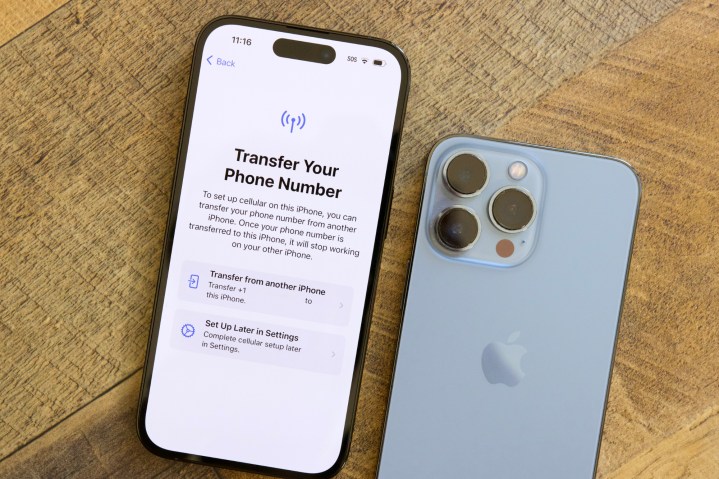 Transferring an eSIM from an old iPhone to an iPhone 14.
Transferring an eSIM from an old iPhone to an iPhone 14.



